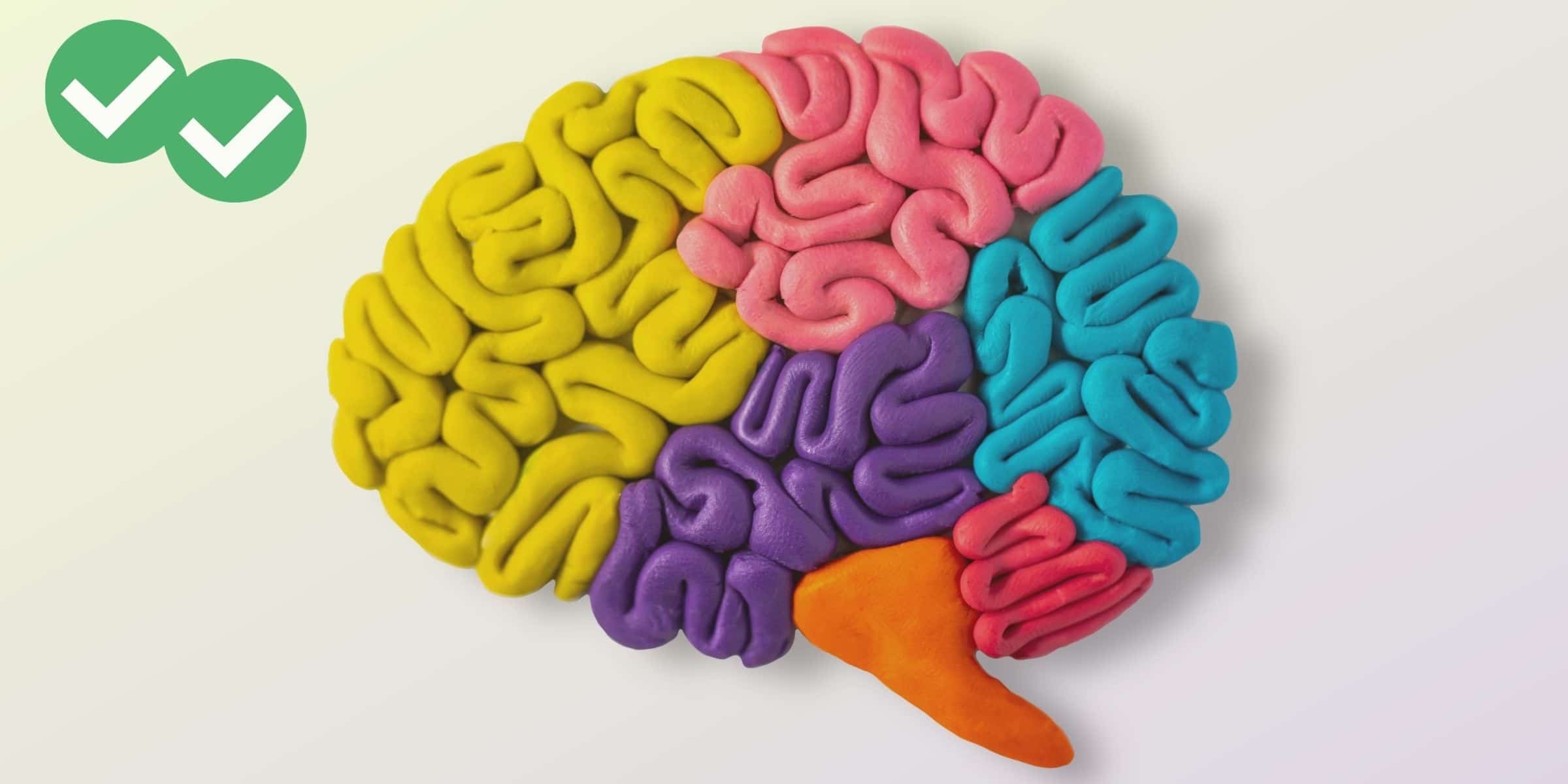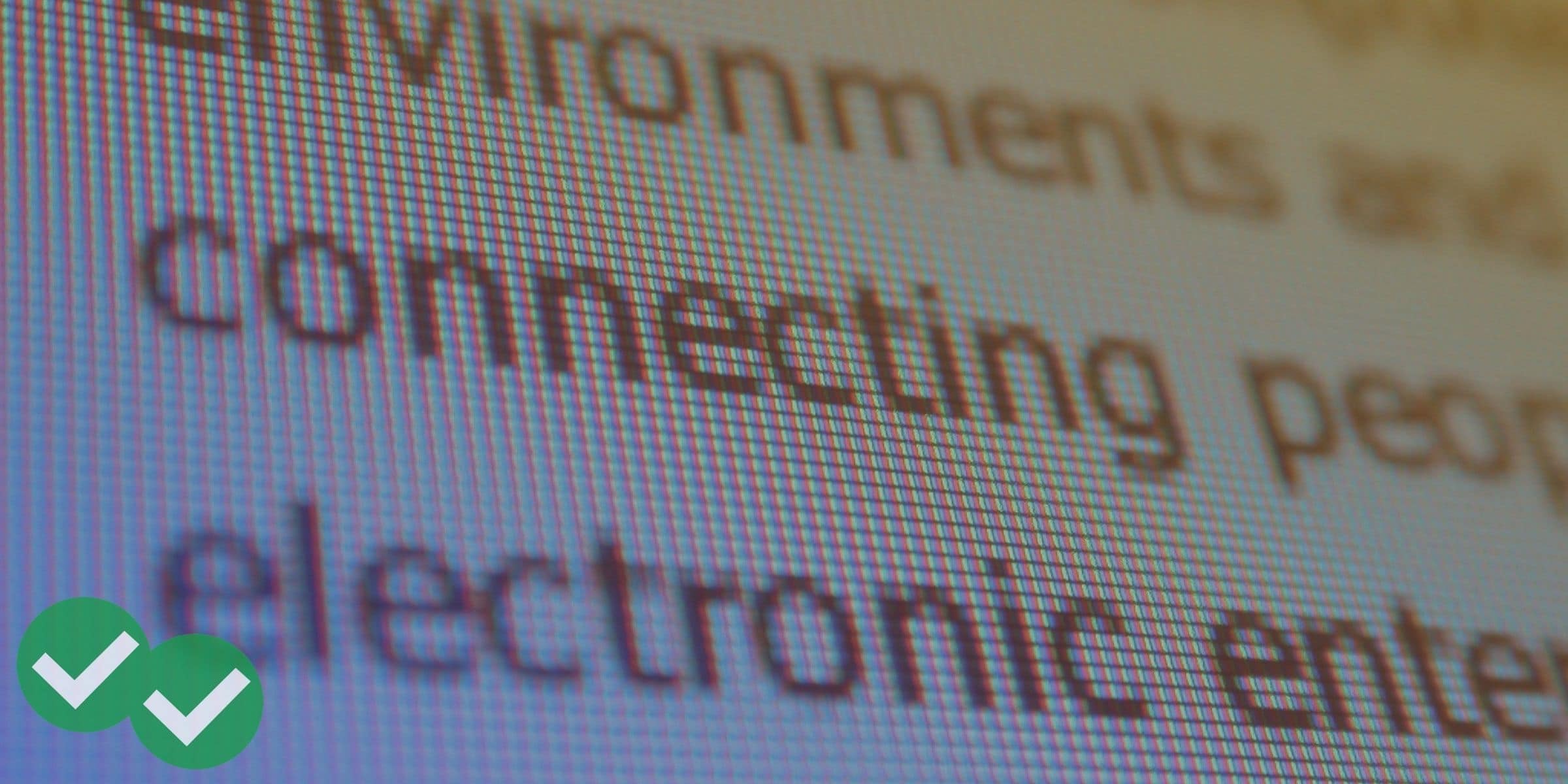In this post, I’ll deal with some of the problems people often have when taking the Reading Section of the TOEFL.
Time management
For each reading passage, you have exactly 18 minutes, which for a lot of people is just barely enough to finish the test and maybe check their answers. For other people, thirteen or fourteen minutes might be enough. If you’re in the latter group, then stop cheating yourself and start using that extra time to double- and triple-check your answers. My #1 advice for people who have trouble with time management is to do lots and lots of timed reading practice before test day. Finishing a section in the right amount of time is a learned skill, so practice it. Try to spend no more than 14-15 minutes reading each passage and answering its questions so that you have time to go back over your answers before when you’re near the end.
If you’re great at reading and your only flaw in it is time management, you may want to try looking at the questions before you read the text. That means reading the first question, then starting to read the passage, stopping when you know the answer to the question. Then, you’ll read the second question, and continue through the text, looking for that answer. Sometimes this can save you time, but only do it if you’re very confident that you can navigate the text successfully in this way. Don’t try this tactic for the first time on the actual test! Practice it multiple times to be sure that it’s a useful strategy for you personally.
Missing key words
As you go through the test, you may start to rush and make unnecessary mistakes. For instance, on every practice test I give, someone gets a negative factual question but overlooks the word “NOT” or “EXCEPT” and answers it as if it were a positive factual question. Similarly, people overlook the transition words that are essential to correctly answering a sentence insertion or purpose question. Read carefully, and always reread the question before choosing your final answer.
Unfamiliar vocabulary
Inevitably you’ll encounter unfamiliar words on the test. When you do, there are a few steps you can take:
1. Check to see if it is underlined and defined (you can click on some words if they’re very rare).
2. Read the sentence to check if you can make a reasonable guess.
3. Look at the surrounding paragraph for context. Even if you can’t guess the meaning of the specific word, you may be able to guess the meaning of the whole sentence based on its surroundings. This strategy is very important. Do not get stuck on a single word or phrase—use what you do know to infer the total meaning if possible!
Getting caught up in details
Just like getting stuck on the meaning of a single word, many students get stuck looking at small details: a particular phrase the author chose, or a specific fact from the article. Don’t get so focused on these details that you forget the main idea of the passage. If you’re doing OK on time, take a minute after reading the passage to summarize it to yourself. If you ever start to mark an answer that contradicts the main idea of the passage or paragraph, look again—it’s probably not the correct answer.






Leave a Reply